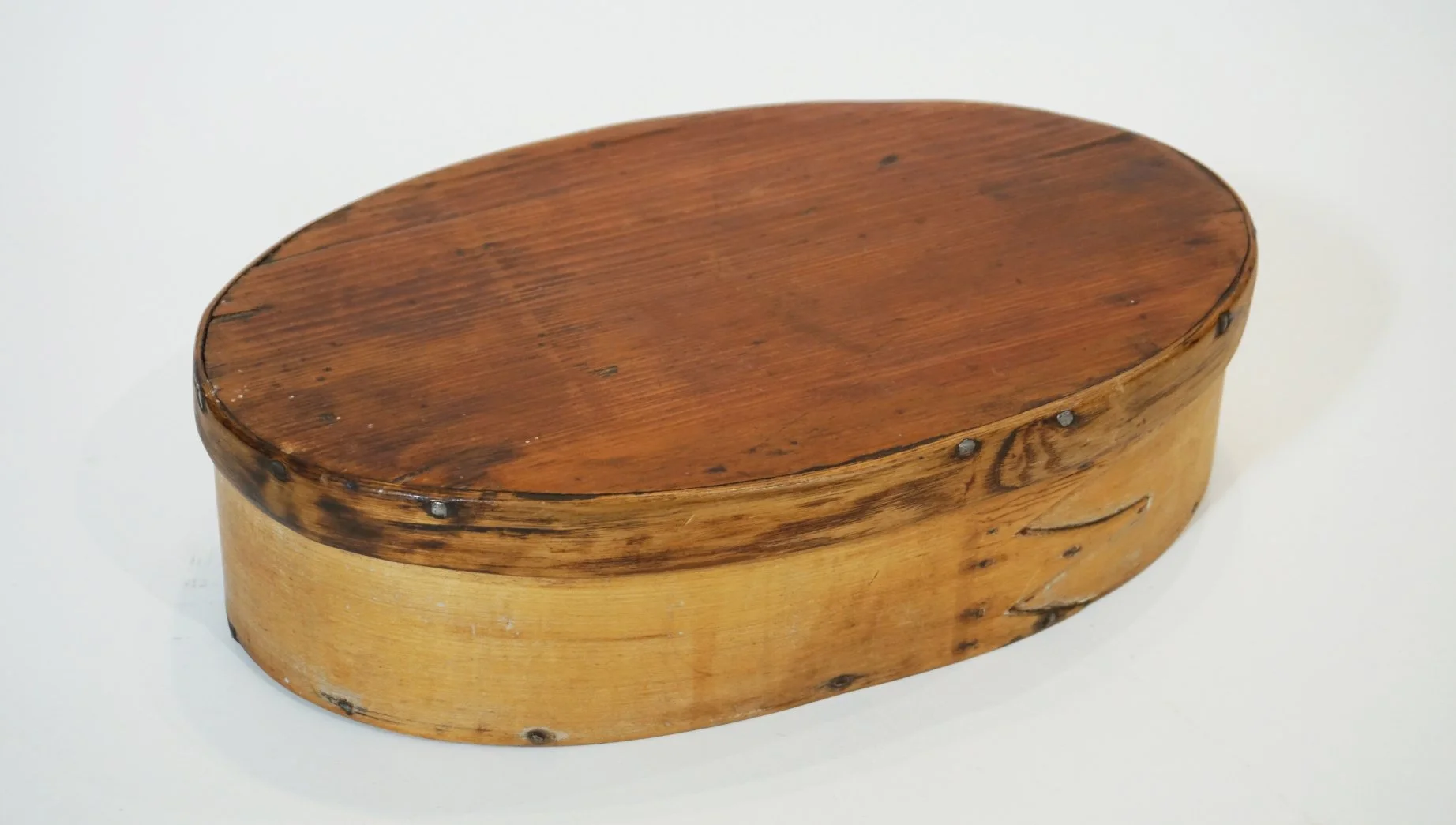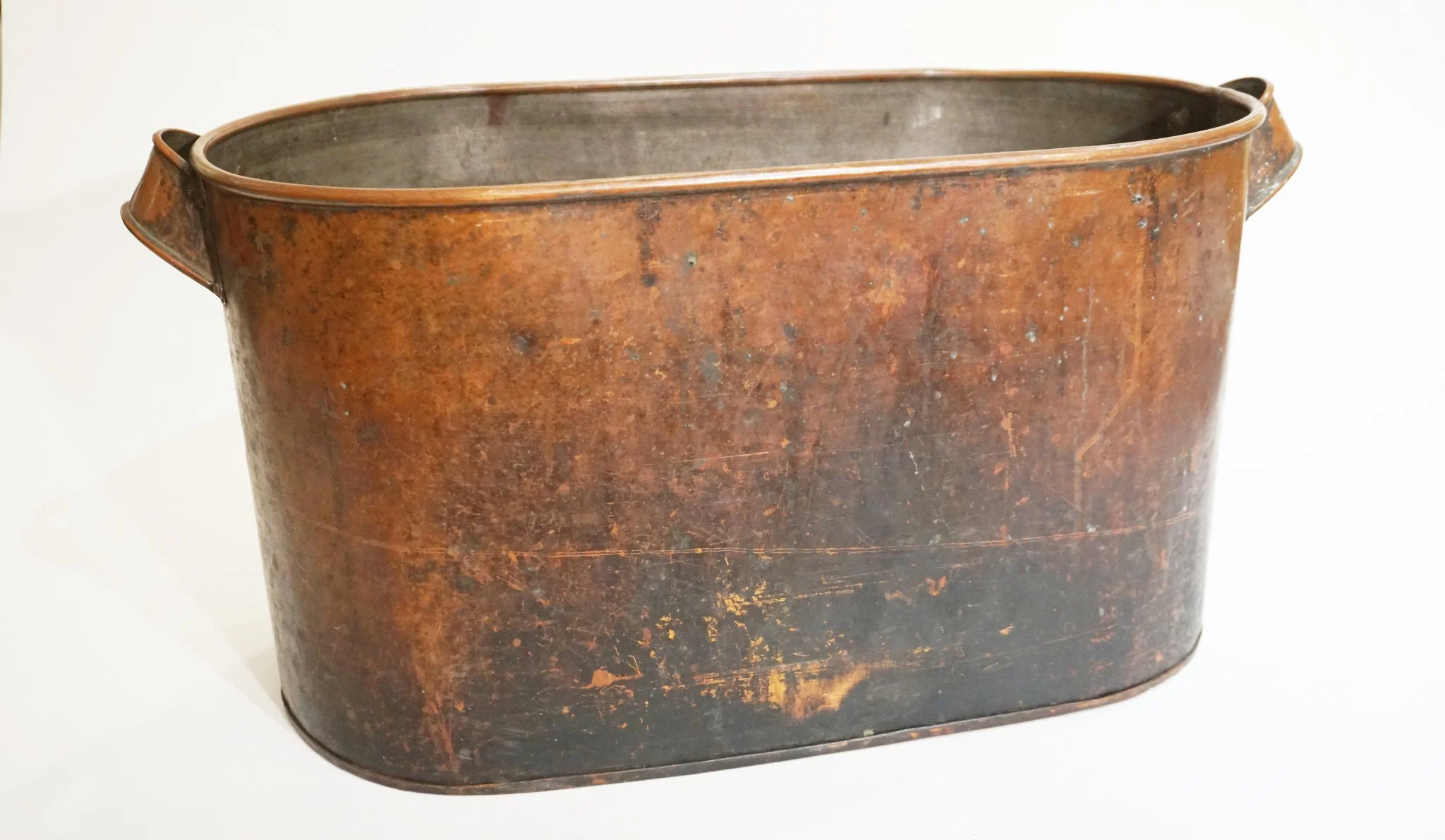A Day in the Life Historic Mississauga
/Madeleine Henry is the Collections and Resource Lead at Heritage Mississauga.
Before the development of highways, high rises, and air conditioning, Mississauga was a rural landscape characterized by farms, mills, and small villages. A typical summer day in historic Mississauga would begin with the sunrise and end at sundown. Using artifacts from our heritage collection, we can reconstruct what a typical summer day might have been like in a 19th-century household in historic Mississauga. These objects offer a tangible connection that provide insight into the rhythms of domestic life, revealing how families worked, ate, and lived during the warmest months of the year in what was then known as Toronto Township.
Within the typical 19th-century household, the family was considered the most basic economic unit. Men, women, and children all played crucial roles in the structure and success of the family. It was common for men to take on the roles assigned outside the home. The tasks within the home were primarily assigned to women, as they focused on the well-being of the family by producing goods and services for the household. However, the work of both was crucial to the family's success.
Early Morning (5 am-7 am): Start the Day



A typical day would begin around 5:00 am, since the family's day started with the sunrise. Mothers and their daughters would start their mornings by lighting the woodstove and boiling water for both preparing breakfast for the family and cleaning for the day. Water for the stove was hauled from streams or wells and heated over the open fire. A typical breakfast included tea, porridge, or bread with preserves. It takes a great skill to manage the woodstove, as a specific heat is desired at all times, especially if baking is required. Food production was the most time-consuming and never-ending job of the day. Meanwhile, fathers and sons would begin work on the farm, tending to livestock, collecting eggs, and preparing the tools for the day.
From Our Collection:
To help visualize these early mornings, our collection includes several related artifacts. A silver teapot (2022.2.2), A sugar bowl c.1905 (2022.2.3.1-2), and a mug (2005.1.134).
Mid-Morning (7 am-11 am): Domestic Chores Began



After breakfast, the real work of the day began; this is when the house came alive. Women often juggled multiple tasks at once, including cooking and household chores. Washing clothing and household linens was a considerable undertaking and typically took several hours. Laundry was usually done once a week, due to the intensity and time-consuming nature of the duty. Clothing was placed in a large washing tub filled with boiled water, scrubbed on a washboard with handmade soap made from lye and fat, rinsed twice, and hung up to dry. Gardening also took place in the morning, weeding and harvesting fruits and vegetables were crucial in the summer. Women would spend their days preserving berries, salted meats, and dried herbs for winter. Children often helped do this work as school was attended seasonally. Simultaneously, the mid-morning was spent preparing food for the rest of the day. Lunch, the largest meal of the day, was served around noon. Women worked all morning to prepare this meal, oftentimes consisting of stews, meats, and seasonal vegetables. No refrigeration meant fresh-cooked meals every day from scratch.
From our collection:
Several artifacts in our collection speak to these daily routines. A washboard (2005.1.73). A large tin laundry tub c. 1910, (2005.1.118), and a recipe for laundry detergent c.1900 (2005.1.215.13).
Afternoon (1 pm-5 pm): Field Work and Domestic Labour



After Lunch, the family would return to work. The men would head back to the fields to farm, take care of the animals or mend something that needed fixing, while the women continued their domestic duties. Much of the summer was spent outdoors taking care of the farm. Men and boys would spend the afternoons ploughing, harvesting, and planting to ensure the family was fed and money was being made. During this time, the women and girls worked on mending clothes, taking care of younger children, quilting, or working on needlepoint. Skills that were essential to the family and were often acquired at a very young age. Community was also vital during this time. Neighbours would often support one another by lending a helping hand on each other's farms or sharing an afternoon tea together. This was both for social and economic purposes.
From our collection:
The artifacts in our collection reflect both the agricultural and domestic aspects of afternoon life. A needlework box c.1900, (2005.1.67.1-2), A Hoe (2005.1.229), and a Scythe (2005.1.11).
Evening (6 pm-9 pm): Winding Down



Bedtime came early, as they used natural light to end the day with no electricity. Supper was a lighter meal often consisting of bread and butter, tea, or leftover stew. The evening was usually a time for reflection and relaxation. Chores were completed, including a final check of the animals and feeding the livestock. Laundry was brought in, and the cleaning was complete. Families would often spend the rest of their evenings reading the bible, writing, playing games, or having quiet story time. Children and parents were usually asleep quite early, exhausted from the day's rigorous duties and the summer heat.
From our Collection
Several items from our collection reflect these peaceful evening routines. An oil lamp (2005.1.149), A family Bible c.1881 (2005.3.1), and a whisk trimmer c. 1820 (2005.1.92).
Conclusion
Each artifact presented here can remind us of the skill, endurance, and lifestyle of the 19th-century historic Mississauga family. By reflecting on these artifacts, we can understand not only the work people did but the values they held in resourcefulness, community, and family.











